With all this negativity in the air, we decided to research some ways in which humans are actually making a positive impact! Taking a return to some of the problems we identified in the launch of our mini-unit, students are seeing how these particular problems affect each of the spheres of the Earth! They're also brainstorming possible solutions!
Deforestation depletes valuable natural resources (trees) that provide habitat and an exchange of gases important for humans and other animals to breathe. Air pollution creates a challenging situation in the air, which ultimately impacts weather, too. Agricultural runoff involves chemicals (fertilizer) entering our waterways. And light pollution greatly impacts ecosystems and animals that depend on darkness to survive. Each of these situations can be rectified, or even reduced by making some smarter choices.
With that, we began research various "environmentally friendly" solutions students have identified, including some new ones! We're sharing out how each of these solutions positively impacts all areas of the Earth, as it's impossible to separate what happens in the spheres (atmosphere, hydrosphere, geosphere, and biosphere).
With that, we began research various "environmentally friendly" solutions students have identified, including some new ones! We're sharing out how each of these solutions positively impacts all areas of the Earth, as it's impossible to separate what happens in the spheres (atmosphere, hydrosphere, geosphere, and biosphere).
As scientists it's been great to research, share, and discuss our findings! Way to go 5th graders!
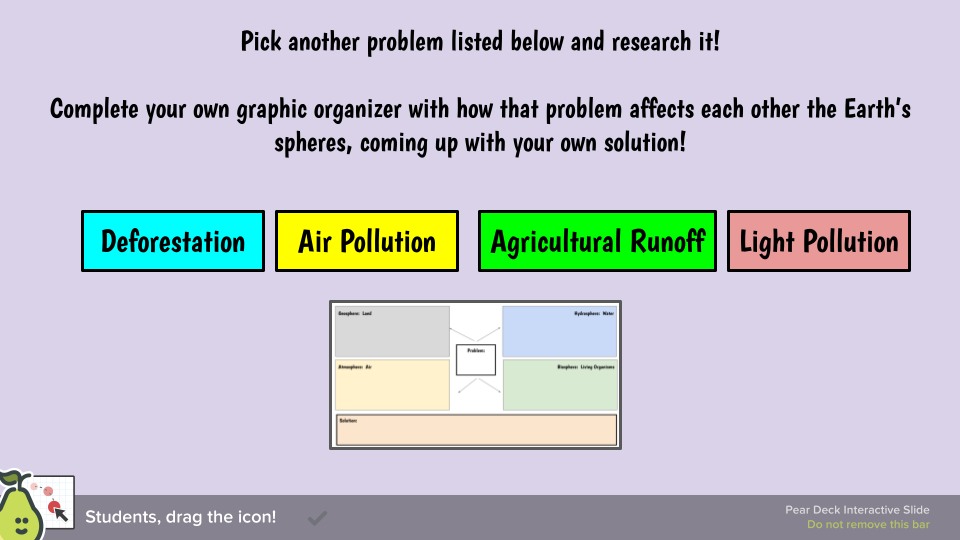
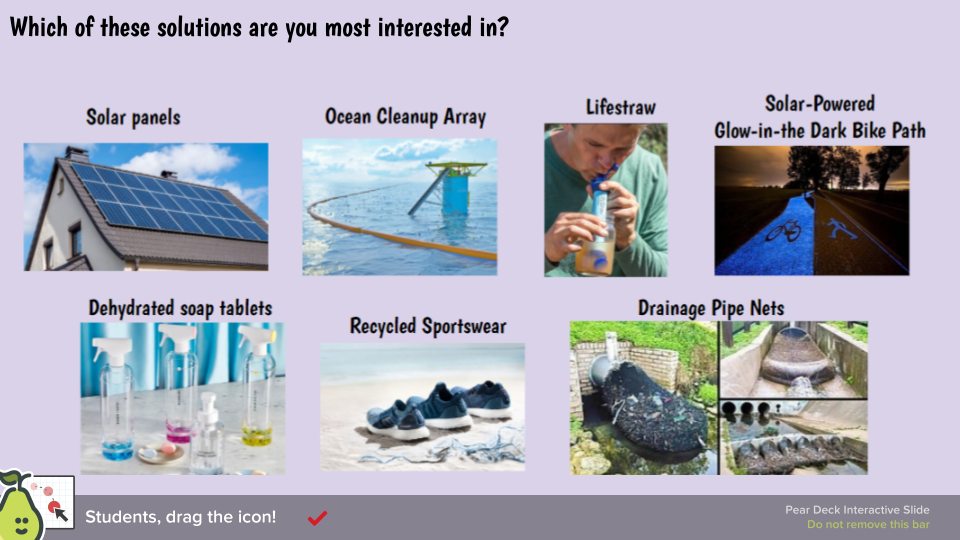
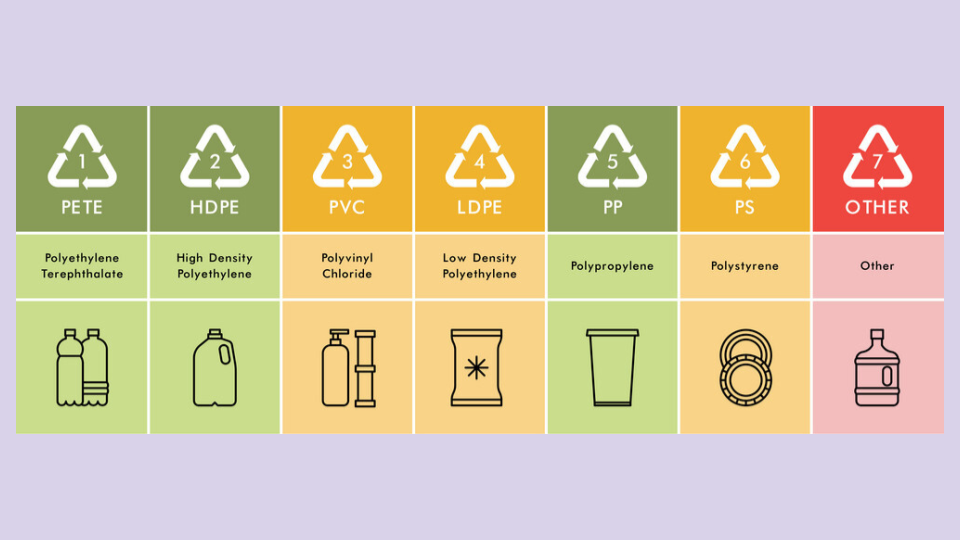
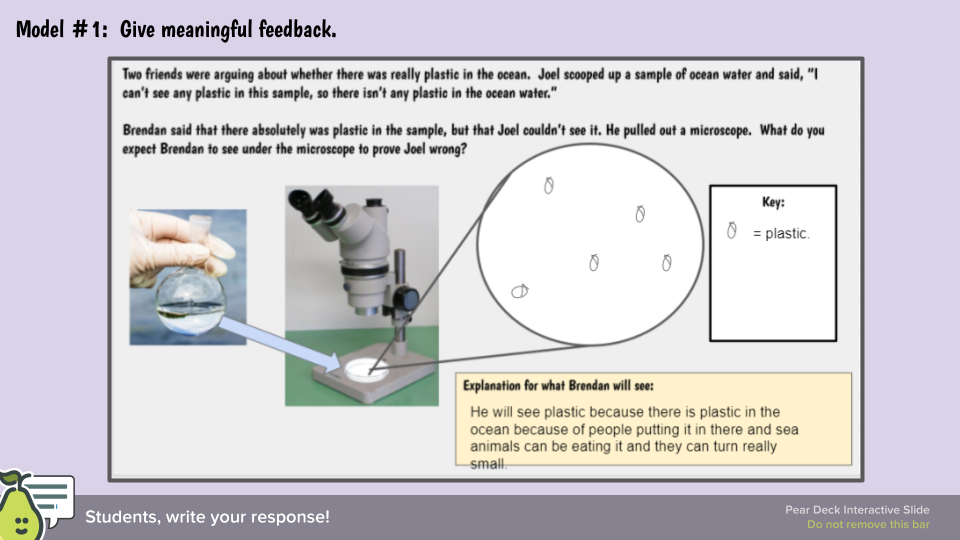
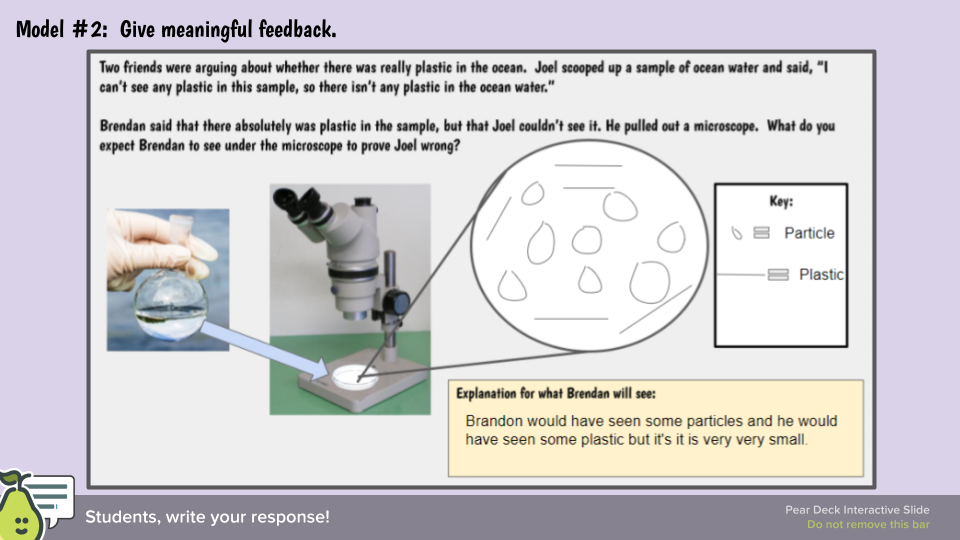
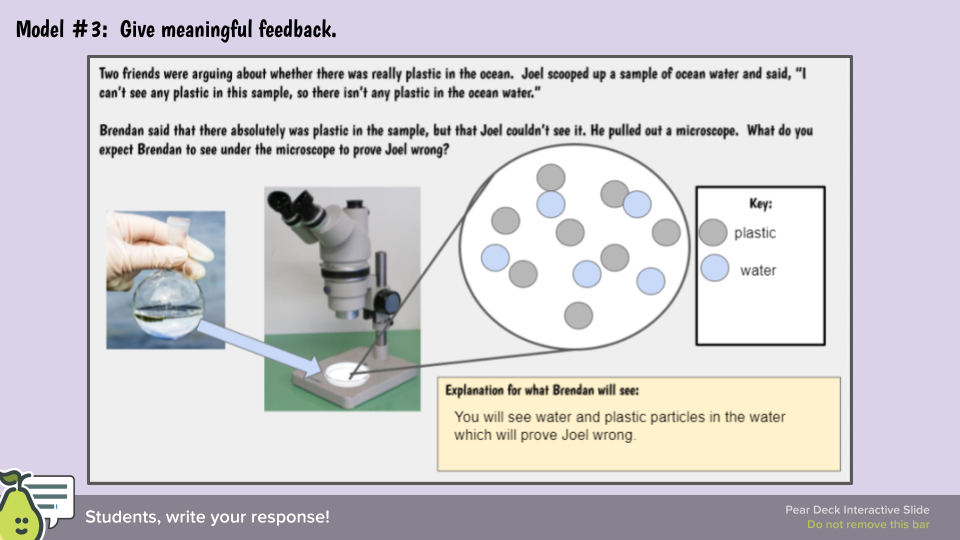
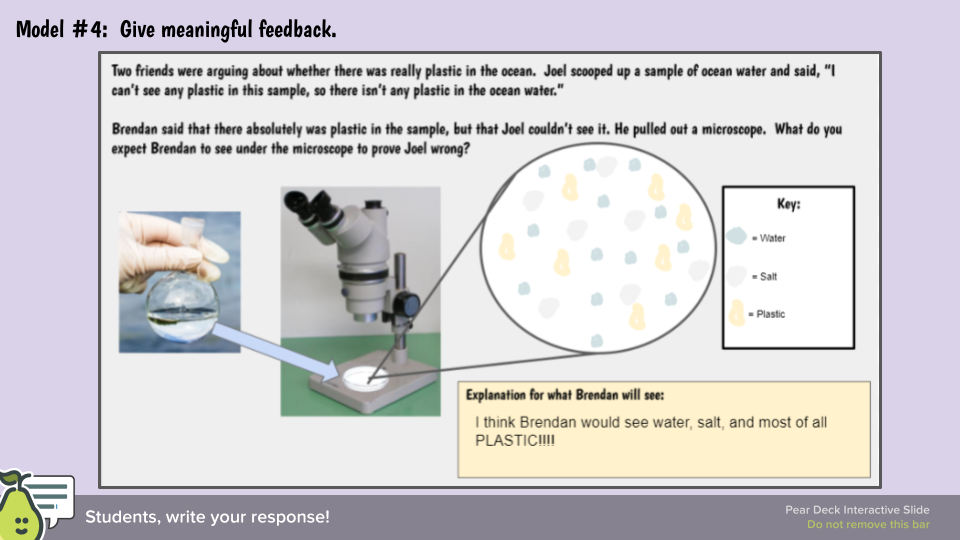
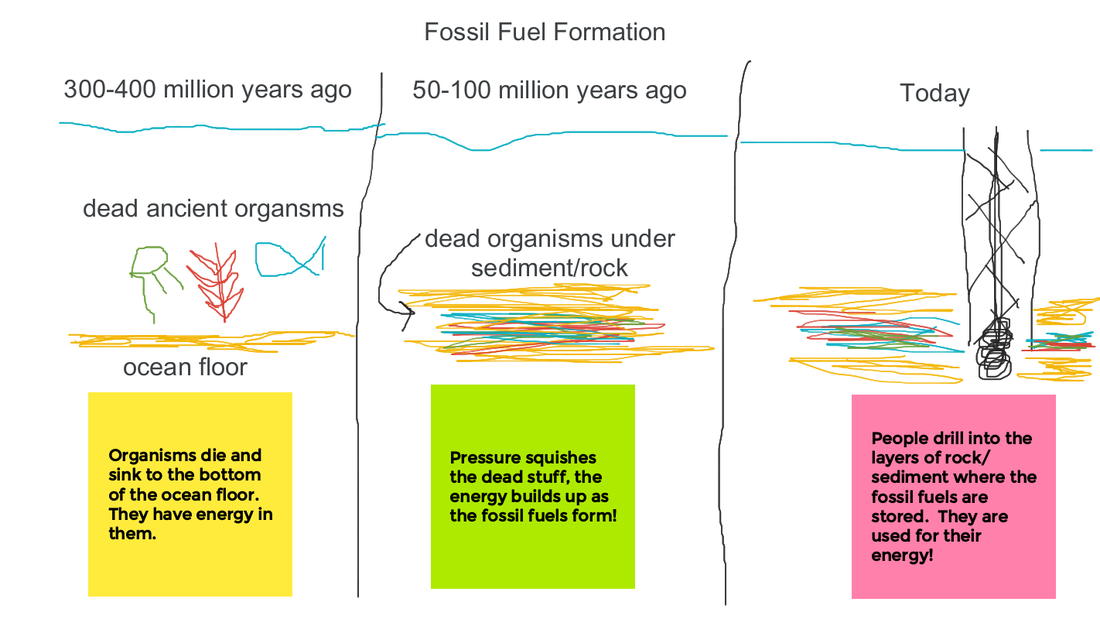
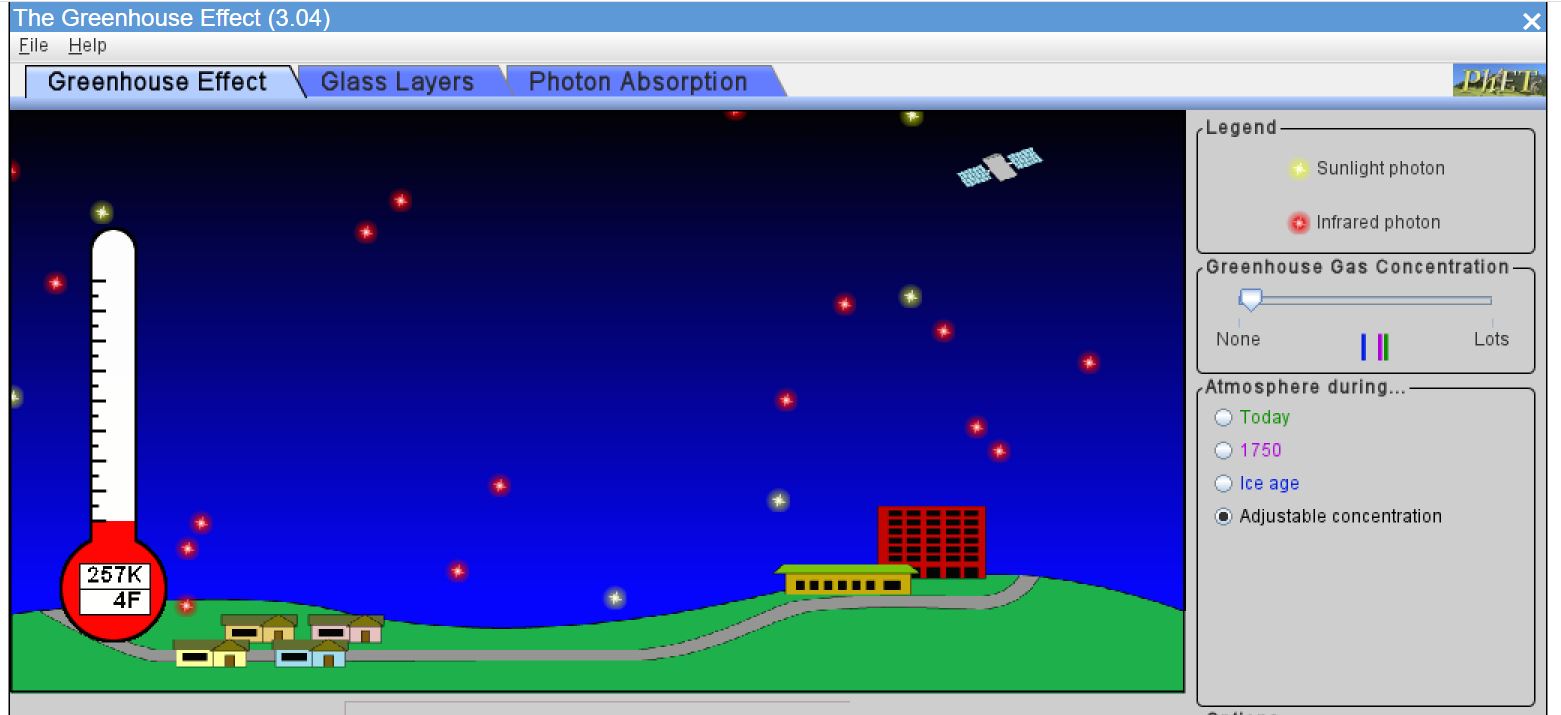
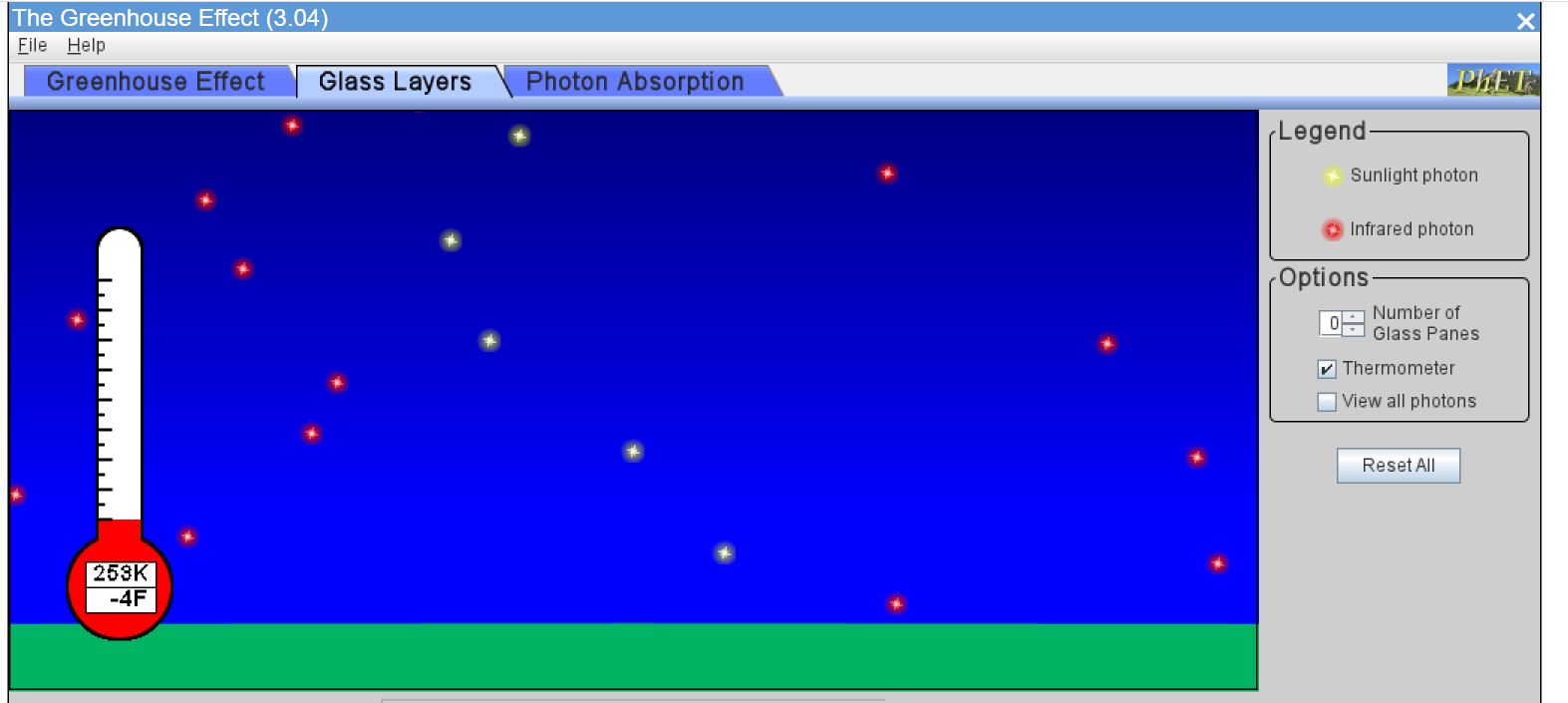
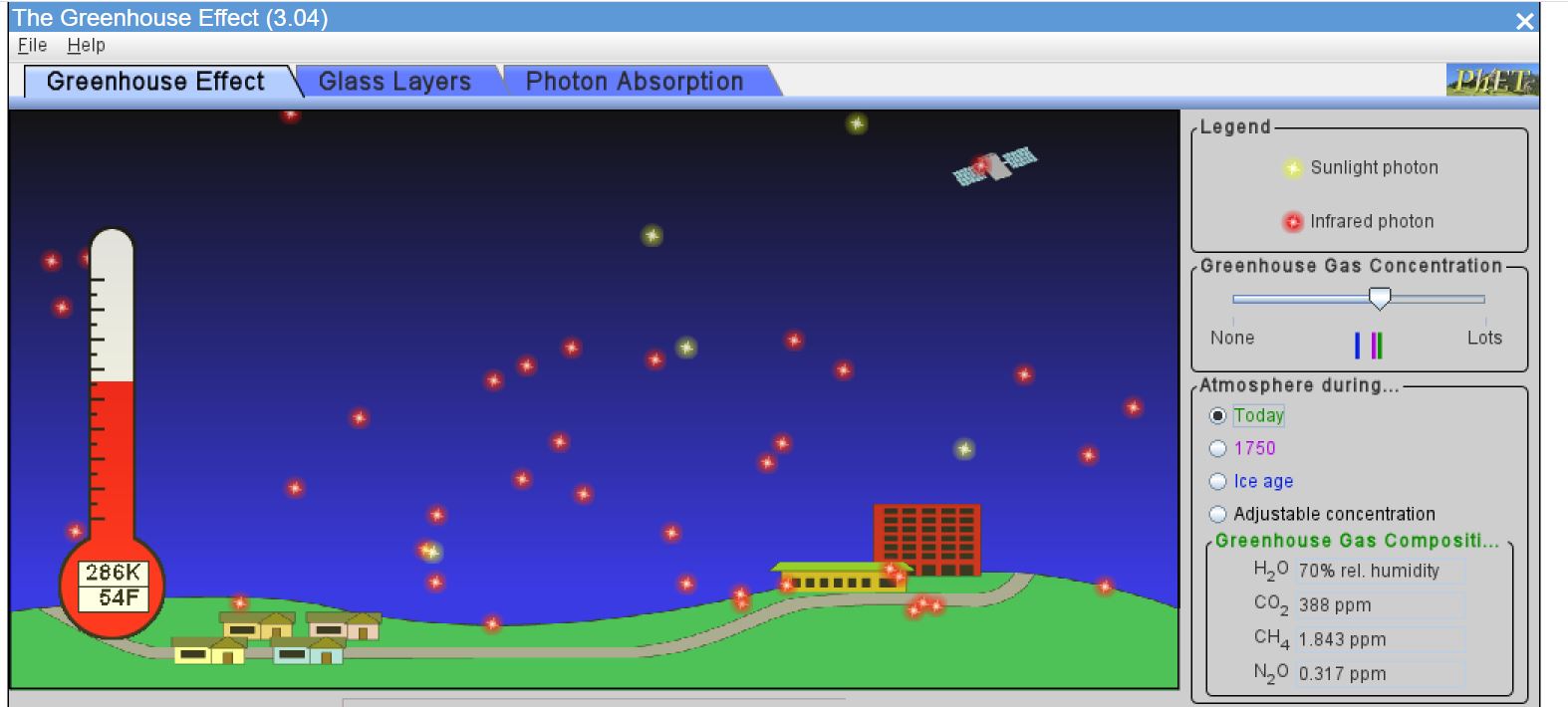
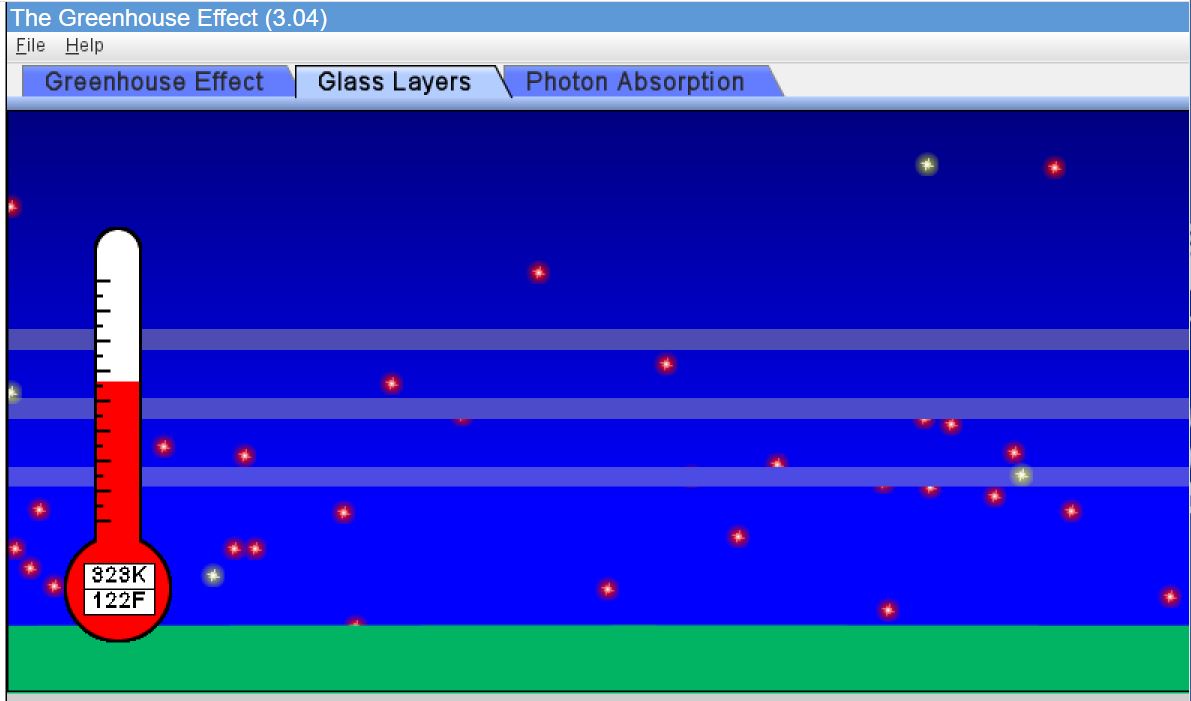
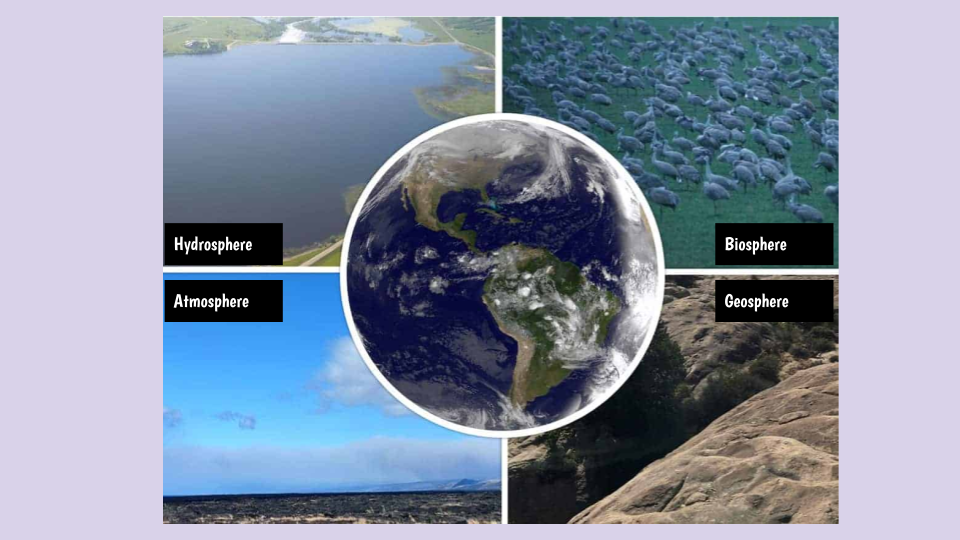
 RSS Feed
RSS Feed